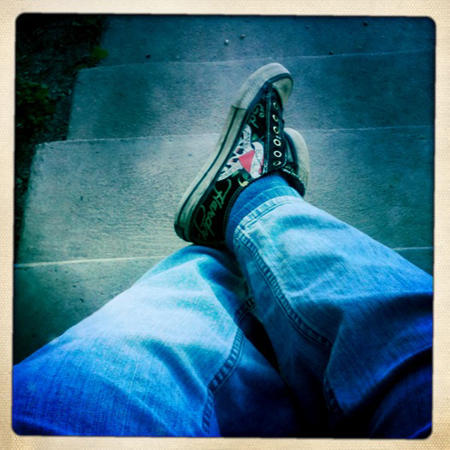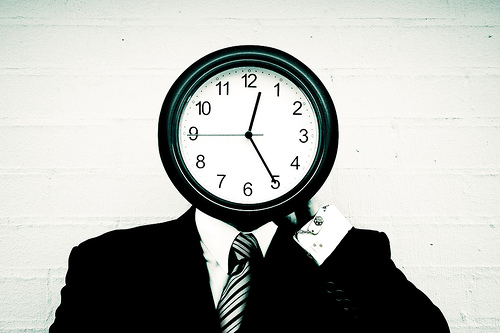For a month and a half now I’ve been pursuing My “Use ’em If You Got ’em” Challenge–basically, to get better and better at using the tools I already understand just when I need them, even at the seemingly worst times. It’s been challenging all right, but also educational, and I feel as though I’m slowly getting the hang of it. Of course it’s frustrating too, because when I don’t do a good job at using my self-motivation tools, because of my research I usually know exactly what I’m doing wrong. But Knowing Isn’t Enough: I’ve been needing to get in the habit of using self-motivation tactics as difficult situation arrives, and while it’s a very beneficial habit, it doesn’t come naturally!
And since it’s a difficult task, it’s been important for me to break it down to the simplest terms I can think of. The terms I’ve come up with make up the title of this post: relax, goals, choice, tactics. When I follow this approach, I have a very good chance of doing well. When I don’t, I’m more likely to rely on old, bad habits.
Before I talk about what each of the steps means, I need to mention the thing that makes any of them possible: mindfulness. I can only use my in-the-moment willpower tactics when I am consciously aware that I’m in a situation where I might make a bad choice. These really aren’t hard to recognize–I always feel a little doubtful, at least, when they come up. What’s hard is learning to wave a red flag at myself in those situations and say “Hey, pay attention to this! Think about what you’re doing!” Yet the more I do it, the easier it gets.
On to the four steps:
Relax: This is essential, and it’s so useful to me that most of the time it’s the only step I need. I find that when I’m in a situation where I’m in danger of making a bad choice, I tend to feel worked up about the problem–one part of me is ready to dig in and insist I make the bad choice, whereas another part of me is gearing up for a ferocious battle. Relaxing means letting go of both of these points of view and taking a few deep breaths. Is the question of whether I watch a movie or work on that project really life-or-death? No, it’s just an opportunity. I do my best to let go of my concerns and not take myself so seriously. Suddenly, making a good choice is no longer a struggle: it’s just one potential path I can take.
Goals: Once I’ve stepped away from the situation a little and let go of the tension, I have room to reflect for a moment on my goals. If I want to lose weight, get more work done, be more cool-headed in difficult conversations, be more organized, or whatever it may be, I can reflect on my vision for myself and remind myself why those goals are important. By thinking about my goals instead of about the bad choice I was considering, I become much more able to focus on good choices.
Choice: In that state of mind, I can choose what I want to do–even if I’m not prepared to do it yet. I can take a moment to visualize my behavior and consciously pick one of those paths. Being relaxed and having my goals in mind, the good choices tend to be much easier at this point, and the bad choices less tempting.
Tactics: If a good choice is not easy to make at this stage–although honestly, it generally is if I go this far in the process–then I can start looking at my available tactics. For instance, if I’m trying not to eat something, I can use any of my 24 Ways to Stop Feeling Hungry. If I’m trying to start a project that’s difficult for me, I can use any one of the 7 Tricks for Starting in on an Unappealing Task. There are dozens of tactics for supporting a good choice on this site, and having even a few available to choose from–whether on a printed list or a memorized or on a bookmarked page I can bring up on my computer–usually gives me enough leverage to make the good choice I want to make.
Relax – goals – choice – tactics is a bit of an advanced technique, but if you’re interested in cultivating good choices, it’s a habit well worth cultivating. As for me, we’ll see how I do as I get better and better at using my four-step method.
Photo by sytoha / Syed Touhid Hassan











